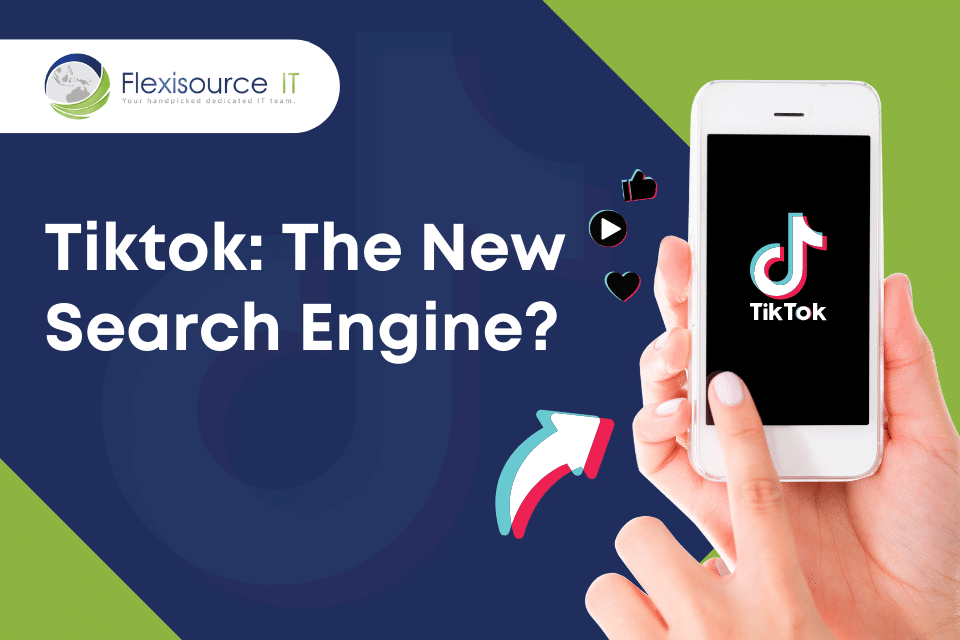Upcoming Digital Marketing Trends to Watch Out for in 2023
Digital marketing is perhaps one of the furthermost utilised marketing techniques in the industry. It is practical and functional for both businesses and consumers. But like any other system, digital […]
Upcoming Digital Marketing Trends to Watch Out for in 2023 Read More »











